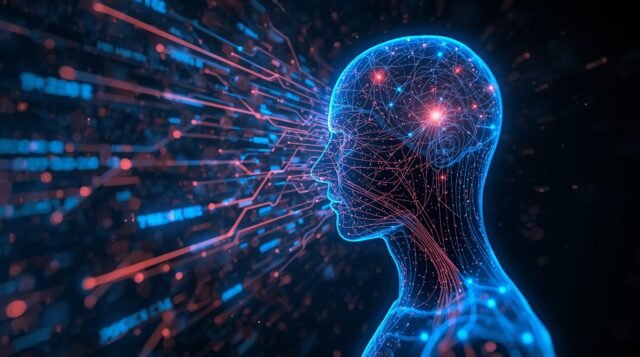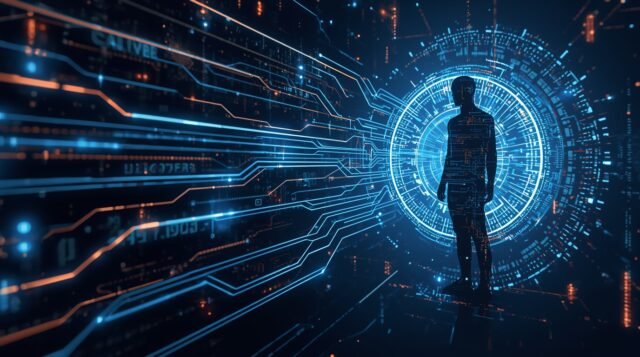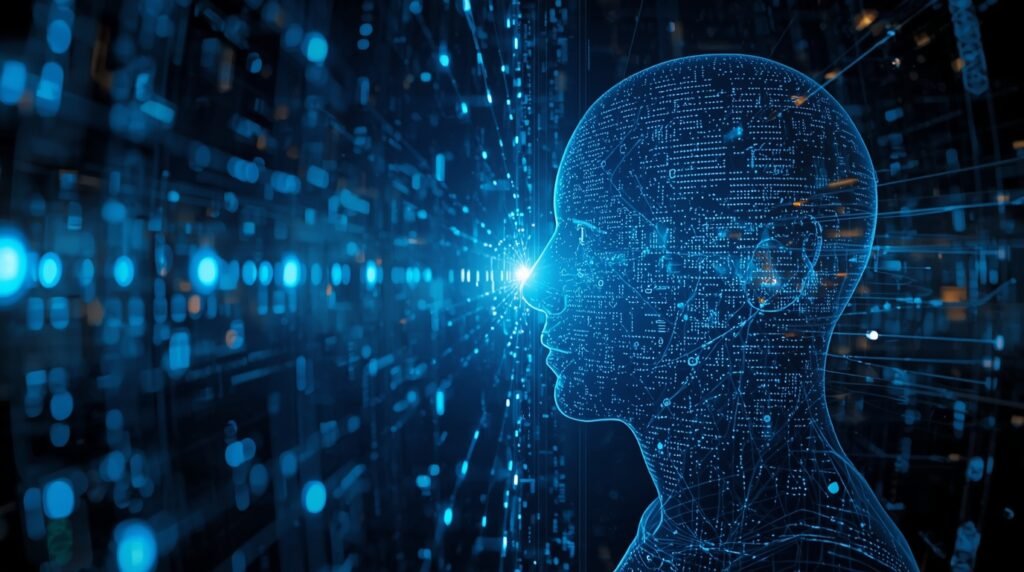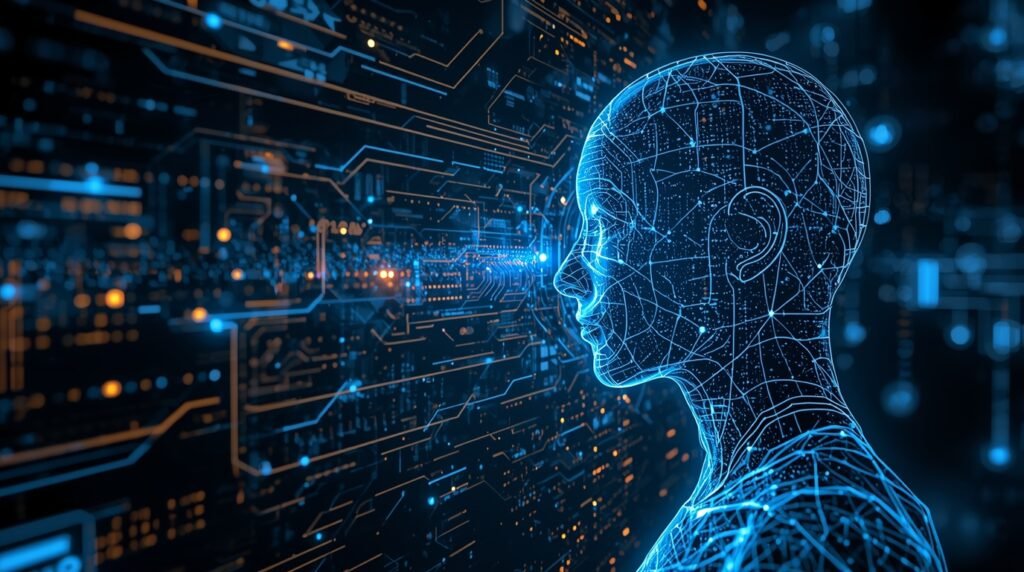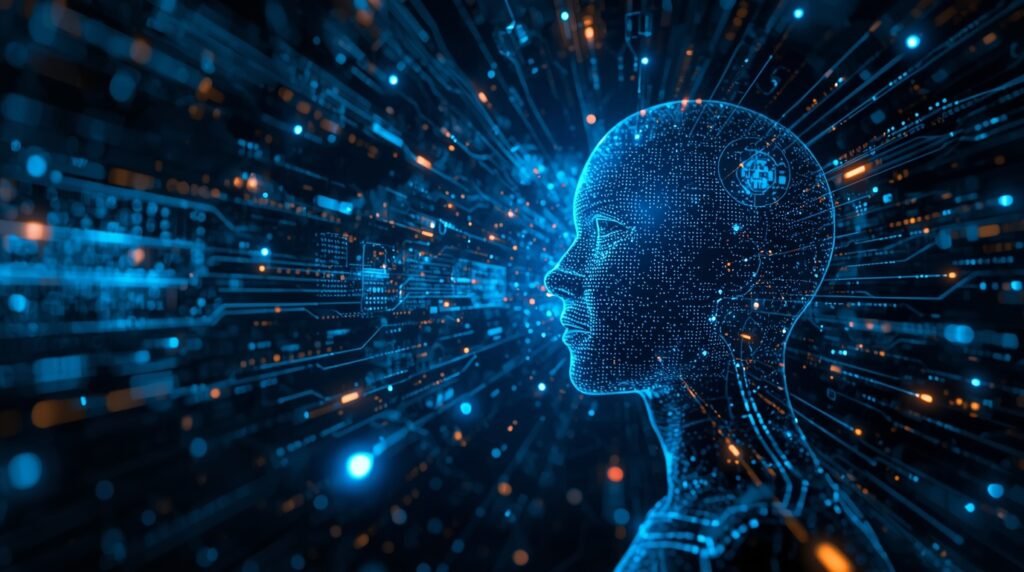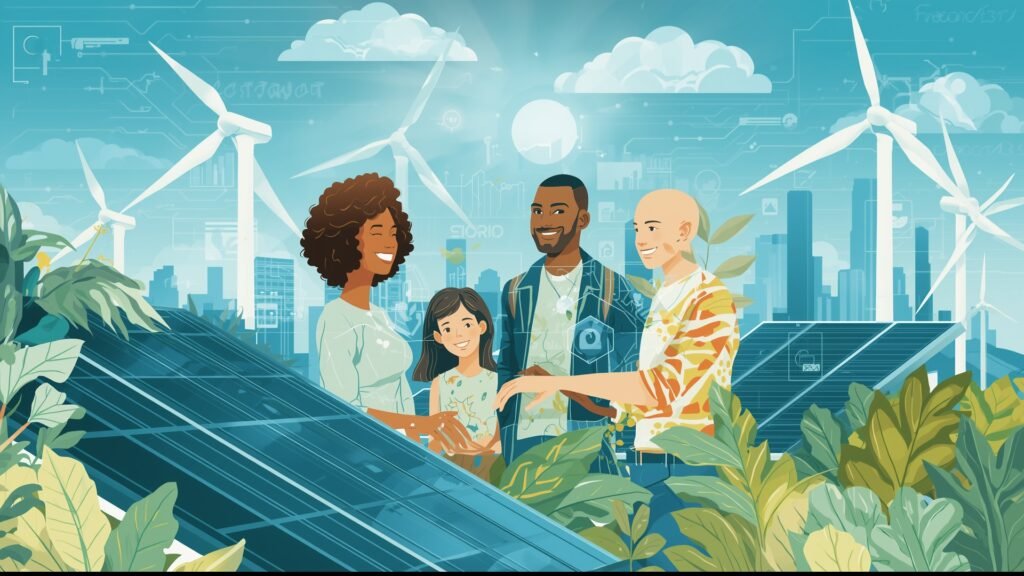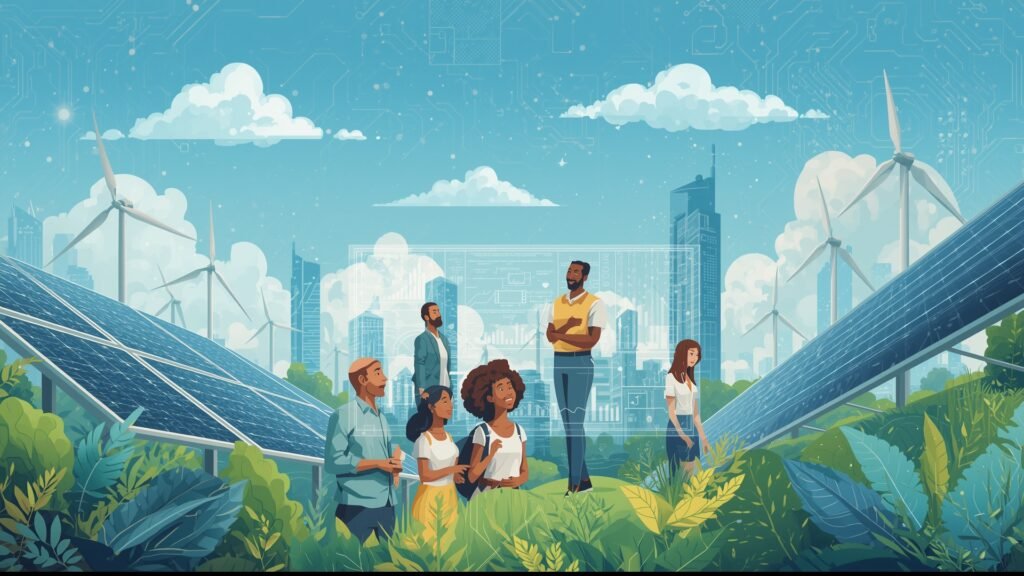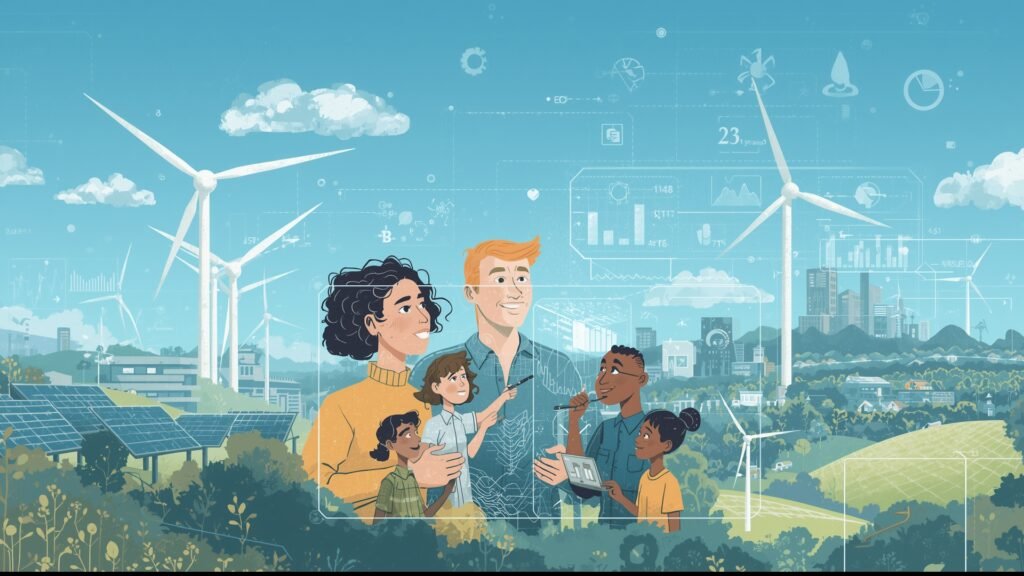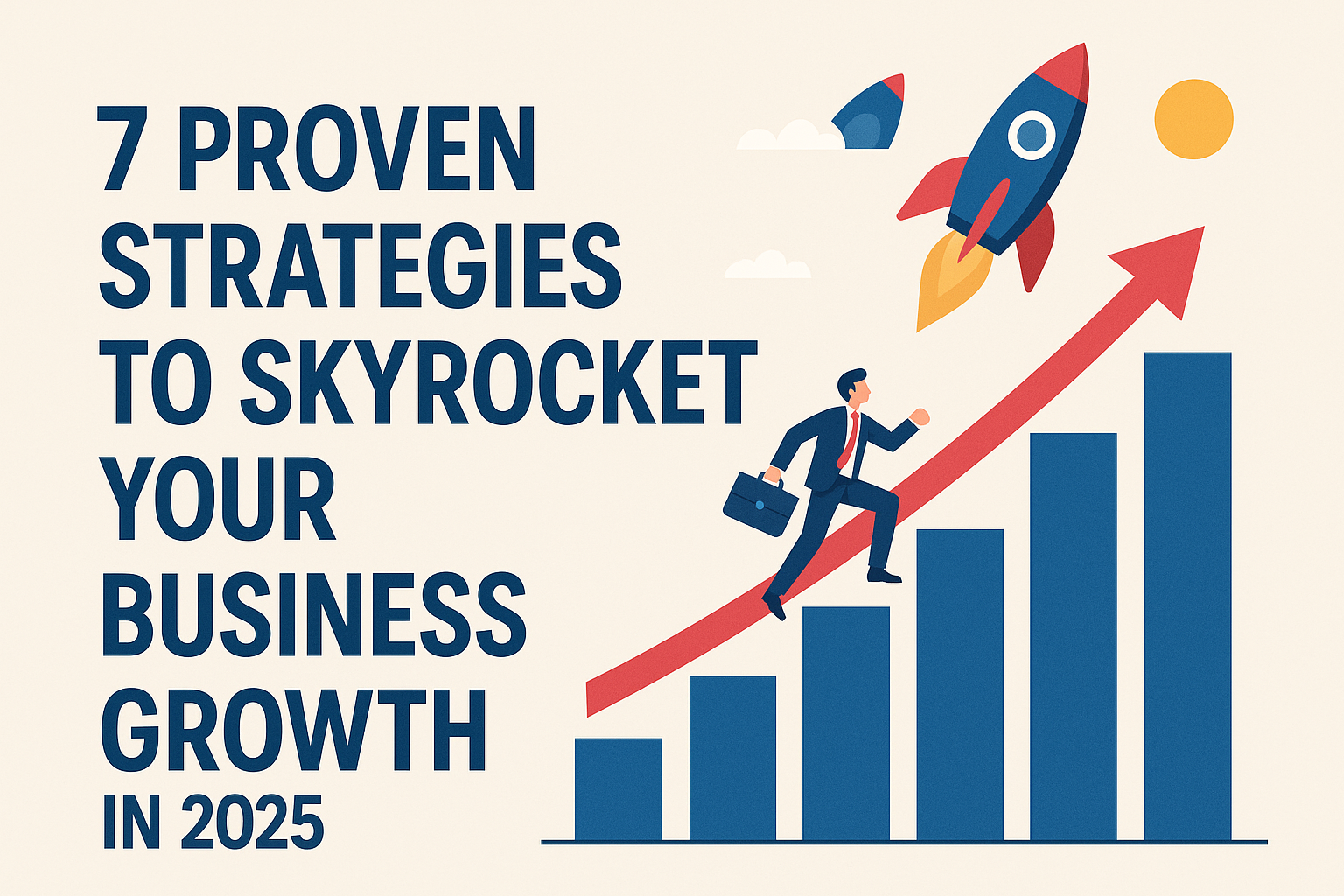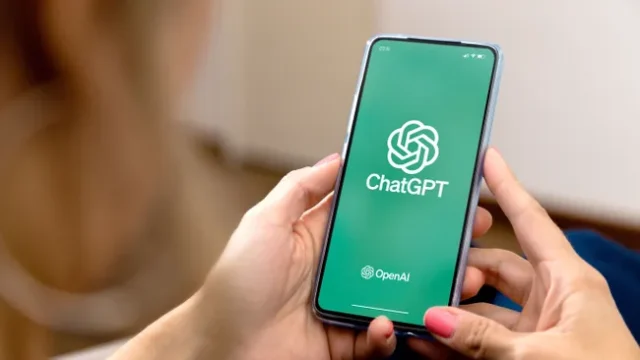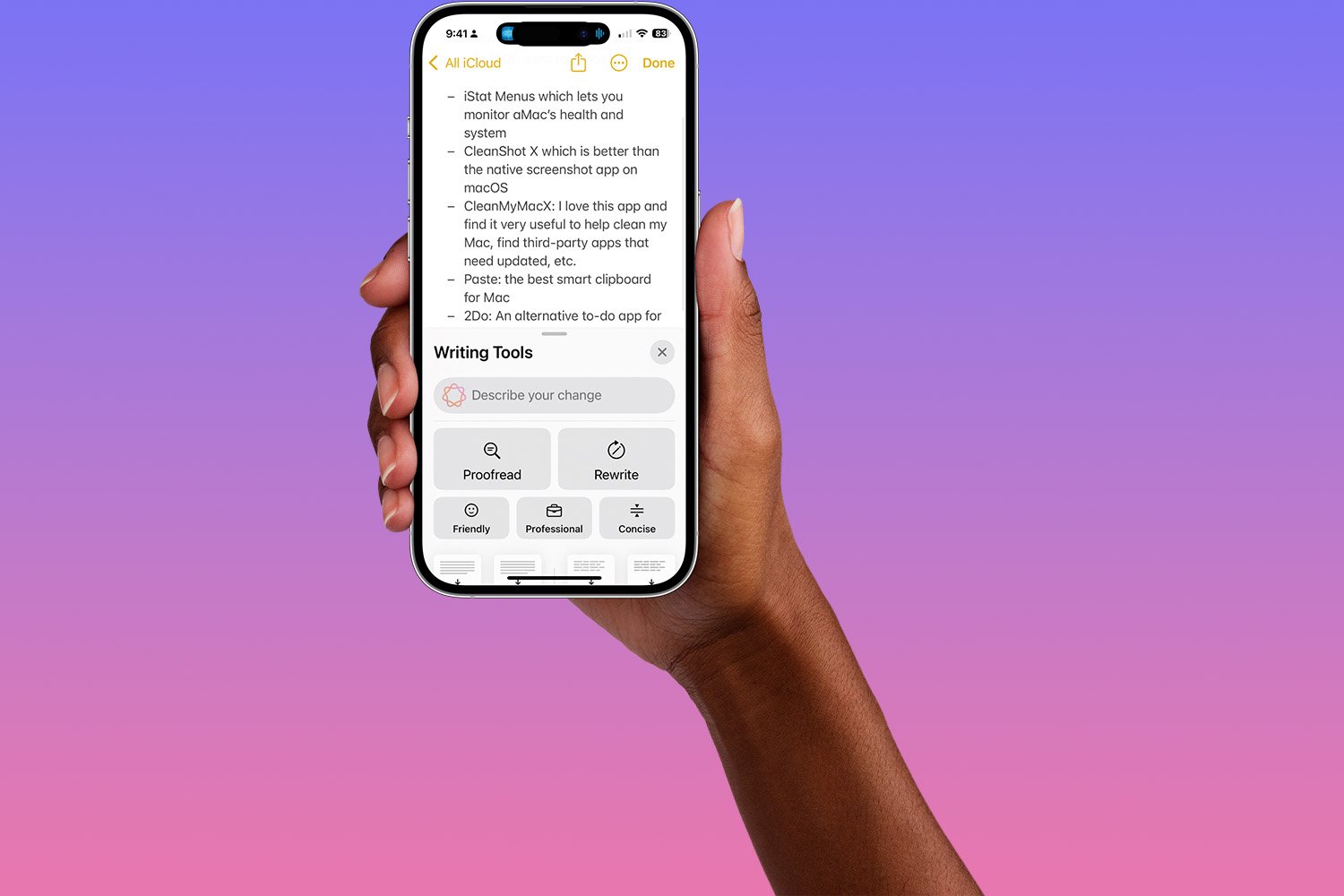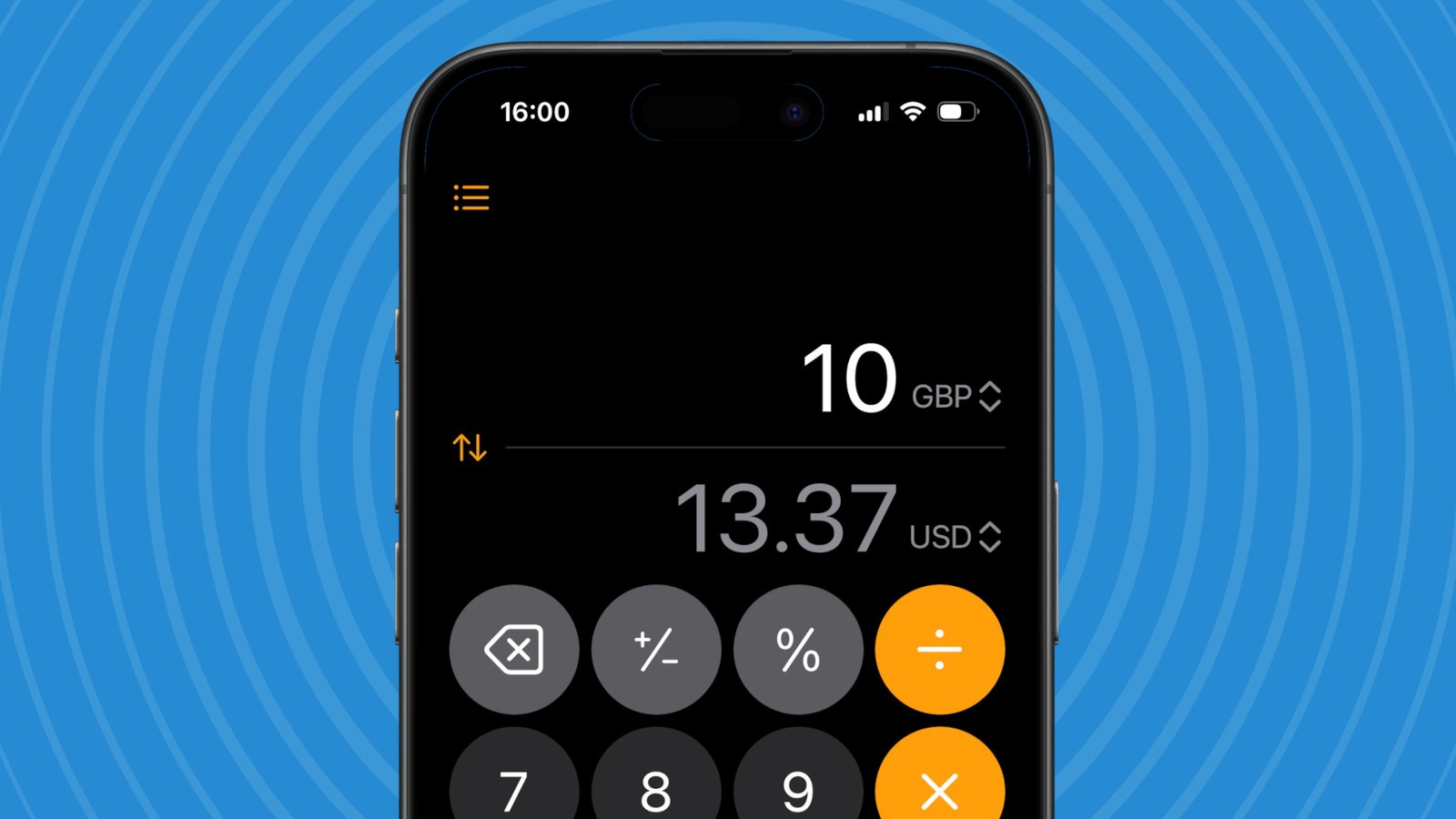How AI Detector Technology Is Transforming Our World
In 2025, artificial intelligence (AI) is no longer a sci-fi fantasy confined to Hollywood blockbusters or academic papers. It is the invisible force reshaping industries, governments, healthcare, education, and even our daily routines. From the moment you wake up to a smart alarm that predicts your optimal sleep cycle, to the autonomous vehicle that navigates rush-hour traffic while you sip coffee, AI is embedded in the fabric of modern life.
The Dawn of the AI Era
The global AI market, valued at over $184 billion in 2024, is projected to surpass $826 billion by 2030, according to Statista. But numbers only tell part of the story. What truly defines this transformation is how AI is democratizing access to knowledge, amplifying human capabilities, and posing profound ethical questions. This article explores the multifaceted ways AI technology is revolutionizing our world—its breakthroughs, applications, challenges, and what the future holds.
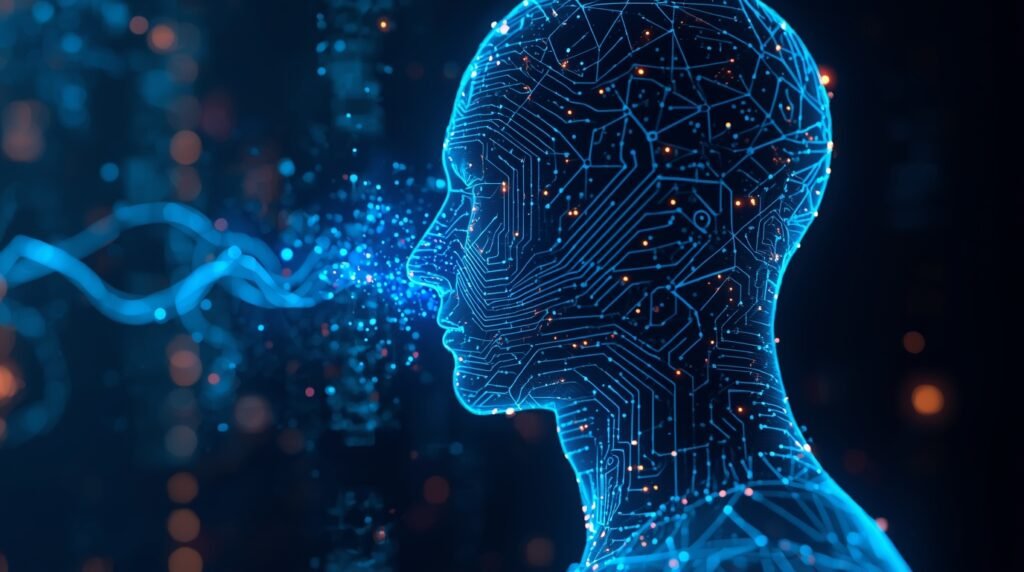
The Evolution of AI: From Theory to Reality
Early Foundations and Milestones
The journey of AI began in the 1950s with pioneers like Alan Turing, who posed the question: “Can machines think?” The Dartmouth Conference in 1956 marked the birth of AI as a field. Early systems were rule-based, limited by computing power.
The 1980s saw expert systems, followed by the AI winter due to overhyped expectations. The resurgence came in the 2010s with machine learning (ML), fueled by big data, GPUs, and algorithms like neural networks.
How AI Detector Technology Is Transforming Our World
Key milestones:
- 2012: AlexNet wins ImageNet, sparking the deep learning revolution.
- 2016: AlphaGo defeats world champion Lee Sedol in Go.
- 2020s: Generative AI explodes with models like GPT-3, DALL-E, and Stable Diffusion, enabling human-like text, art, and code generation.
- 2023-2025: Multimodal AI integrates vision, language, and reasoning; real-time applications in robotics and autonomous systems become mainstream.
Today, AI is powered by foundation models trained on trillions of parameters. Companies like OpenAI, Google DeepMind, Anthropic, and xAI push boundaries with systems that reason, plan, and adapt in real time.
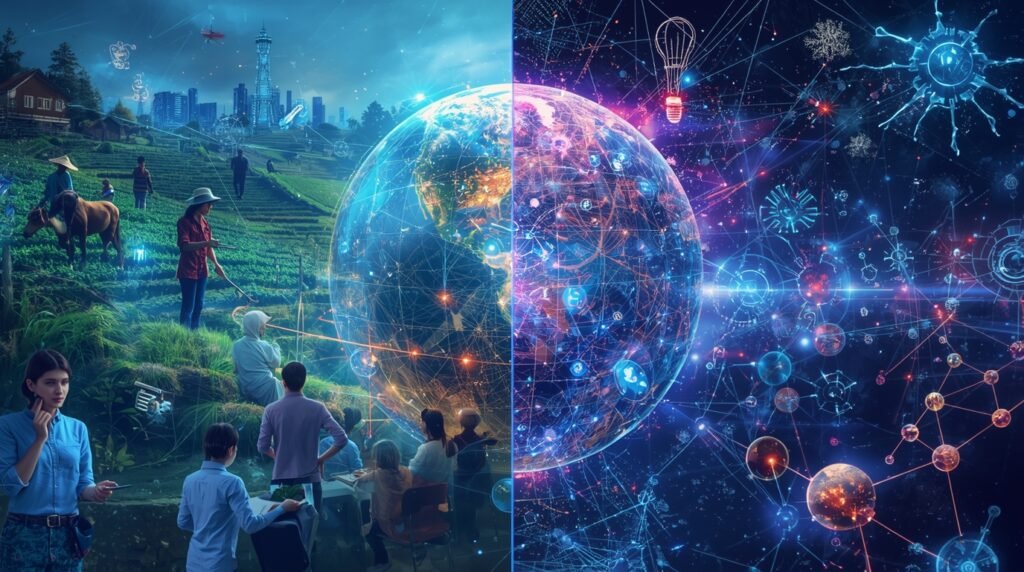
AI in Healthcare: Saving Lives with Precision
One of the most profound impacts of AI is in healthcare. Diagnostic accuracy has skyrocketed thanks to AI-powered imaging and predictive analytics.
Revolutionizing Diagnostics with AI Detector
AI algorithms now detect cancers, cardiovascular diseases, and neurological disorders earlier than human experts. For example, Google’s DeepMind developed an AI that identifies breast cancer in mammograms with greater accuracy than radiologists, reducing false negatives by 11.5% (Nature, 2020).
In 2025, wearable devices integrated with AI continuously monitor vital signs. Apple Watch and Fitbit use machine learning to detect atrial fibrillation, alerting users to seek medical help before a stroke occurs.
Drug Discovery and Personalized Medicine
The traditional drug development pipeline takes 10–15 years and costs $2.6 billion per drug. AI compresses this timeline dramatically. AlphaFold by DeepMind solved the 50-year-old protein folding problem in 2020, enabling rapid drug design.
Startups like Insilico Medicine use generative AI to design novel molecules. In 2024, an AI-discovered drug for idiopathic pulmonary fibrosis entered Phase II trials—just 18 months after inception.
Personalized medicine is another frontier. AI analyzes genomic data to tailor treatments. Oncology patients now receive immunotherapy regimens optimized for their tumor’s genetic profile, improving survival rates by up to 30%.

AI in Transportation: The Road to Autonomy
The dream of self-driving cars is becoming reality. In 2025, Level 4 autonomous vehicles operate in designated urban zones in cities like San Francisco, Phoenix, and Singapore.
Tesla, Waymo, and Beyond
Tesla’s Full Self-Driving (FSD) suite, powered by neural networks trained on billions of miles of real-world data, handles complex scenarios—merging, pedestrian avoidance, and construction zones.
Waymo operates fully driverless robotaxis in multiple U.S. cities, completing over 20 million autonomous miles by mid-2025. Safety data shows these vehicles are 5–10 times safer than human drivers per mile.
Logistics and Supply Chain
AI optimizes logistics with predictive routing. UPS uses ORION, an AI system that saves 100 million miles and $400 million annually by optimizing delivery routes.
Drones and autonomous trucks transform last-mile delivery. Amazon Prime Air delivers packages in under 30 minutes in select areas, while companies like TuSimple deploy driverless trucks on long-haul routes.
Public transportation benefits too. AI-driven traffic management systems in smart cities reduce congestion by 25%, cutting emissions and commute times.

AI in Education: Personalized Learning for All
Education is undergoing a renaissance thanks to AI tutors and adaptive learning platforms.
Intelligent Tutoring Systems
Platforms like Duolingo, Khan Academy, and Carnegie Learning use AI to personalize lessons. Algorithms assess student performance in real time, adjusting difficulty and pacing.
A 2024 study by the Bill & Melinda Gates Foundation found that students using AI tutors improved math scores by 15–20% compared to traditional methods.
Virtual Classrooms and Accessibility
AI translates lectures in real time, breaking language barriers. Tools like Microsoft Translator support over 100 languages, enabling global collaboration.
For students with disabilities, AI-powered tools provide real-time captioning, sign language avatars, and braille conversion. Google’s Project Euphonia helps people with speech impairments communicate via synthesized voices trained on their unique patterns.
In developing nations, AI bridges the teacher shortage. Initiatives like Eneza Education in Kenya deliver SMS-based lessons to millions of students with basic feature phones.
AI in Business and Creativity: Redefining Productivity
From startups to Fortune 500 companies, AI is the ultimate productivity multiplier.
Automation and Decision-Making
Robotic Process Automation (RPA) handles repetitive tasks—data entry, invoice processing, customer support. UiPath and Automation Anywhere power digital workforces that operate 24/7.
In finance, AI detects fraud with 99.9% accuracy. JPMorgan’s COiN platform reviews legal documents in seconds, a task that once took lawyers 360,000 hours annually.
Creative Industries Transformed
Generative AI creates art, music, and literature. Tools like Midjourney and DALL-E 3 produce stunning visuals from text prompts. Musicians use AI to compose symphonies; Suno and Udio generate full songs in seconds.
In marketing, AI writes ad copy, designs visuals, and predicts campaign performance. Coca-Cola used AI to create a “Masterpiece” ad featuring artwork from multiple eras, animated by generative models.
Hollywood employs AI in scriptwriting, visual effects, and deepfake technology—used ethically for de-aging actors or restoring old films.
AI in Environmental Sustainability: A Green Revolution
Climate change demands urgent action, and AI is a powerful ally.
Climate Modeling and Prediction
AI enhances climate models with unprecedented accuracy. Google’s DeepMind improved weather forecasting by 50%, enabling better disaster preparedness.
IBM’s AI system predicts solar and wind energy output hours in advance, optimizing renewable grid integration.
Conservation and Resource Management
Drones with AI vision monitor deforestation in the Amazon in real time. The Rainforest Connection uses old smartphones as acoustic sensors to detect illegal logging via chainsaw sounds.
In agriculture, John Deere’s See & Spray uses computer vision to target weeds with herbicides, reducing chemical use by 90%. AI optimizes water usage in drought-prone regions, increasing crop yields by 20–30%.
Carbon capture projects leverage AI to model chemical reactions, accelerating the development of efficient sequestration technologie
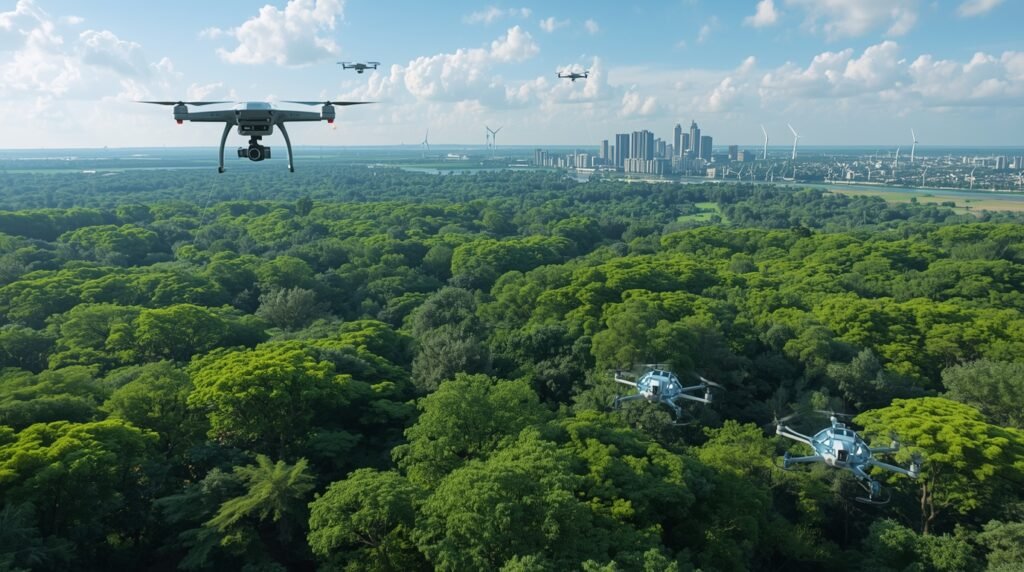
Ethical Challenges and the Dark Side of AI
No transformation comes without risks. AI’s power raises critical ethical, social, and security concerns.
Bias and Fairness
AI systems inherit biases from training data. In 2018, Amazon scrapped an AI hiring tool that discriminated against women. Facial recognition systems have higher error rates for darker skin tones, leading to wrongful arrests.
Efforts like IBM’s AI Fairness 360 and Google’s Responsible AI Practices aim to mitigate bias through diverse datasets and transparency.
Job Displacement
The World Economic Forum predicts AI will displace 85 million jobs by 2025—but create 97 million new ones. Roles in data analysis, AI ethics, and human-AI collaboration are surging.
Reskilling is critical. Governments and companies invest in programs like Microsoft’s AI Skills Initiative, targeting millions of workers.
Privacy and Surveillance
AI-powered surveillance is ubiquitous. China’s social credit system uses facial recognition and behavior analysis to score citizens. In the West, concerns grow over data collection by tech giants.
The EU’s AI Act (2024) classifies high-risk systems, mandating transparency and human oversight.
Existential Risks
Thought leaders like Elon Musk and Yoshua Bengio warn of superintelligent AI misaligned with human values. Initiatives like the Center for AI Safety advocate for robust safety research.
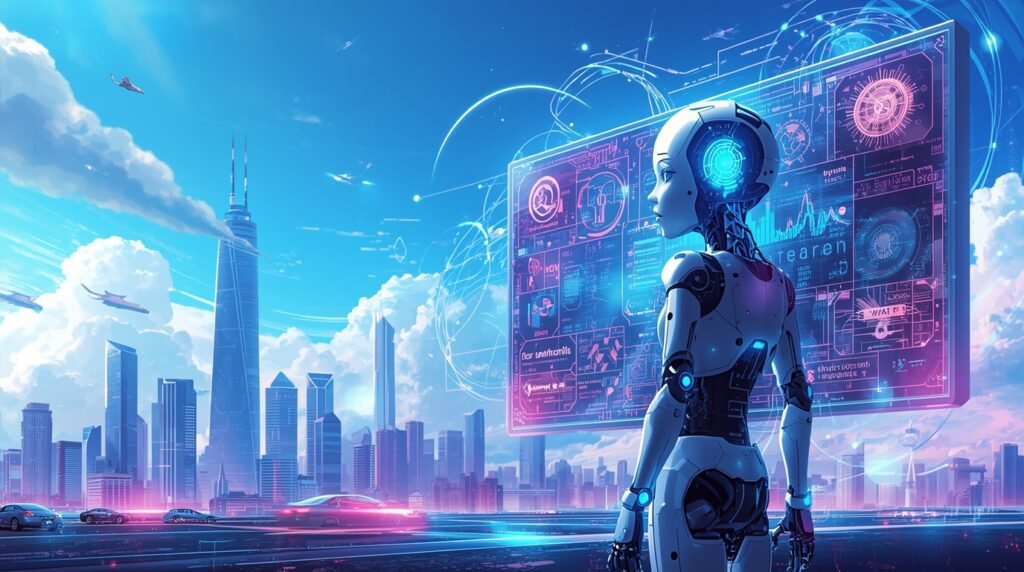
The Future of AI: What Lies Ahead
By 2030, AI is expected to contribute $15.7 trillion to the global economy (PwC). But the future depends on responsible development. “AI Detector”
Emerging Trends
- AGI (Artificial General Intelligence): Systems that match human cognitive flexibility. xAI’s Grok and OpenAI’s efforts push toward this goal.
- Edge AI: Processing on devices (phones, cars) for privacy and speed.
- Quantum AI: Combining quantum computing with ML for exponential gains in optimization and simulation.
- Human-AI Symbiosis: Brain-computer interfaces like Neuralink enable direct thought-to-action control.
Global Governance
International frameworks are emerging. The UNESCO AI Ethics Recommendation (2021) and G7’s Hiroshima AI Process promote safe, trustworthy AI.
Conclusion: Embracing the AI Detector
Artificial intelligence is not just transforming our world—it is redefining what it means to be human. It amplifies our potential, solves intractable problems, and challenges us to build a future that is equitable, sustainable, and ethical.
The choice is ours: wield AI as a tool for progress or let it widen divides. With thoughtful governance, inclusive innovation, and continuous learning, we can ensure AI serves humanity’s greatest aspirations.
As we stand on the cusp of this new era, one thing is clear: the AI revolution is just beginning.


